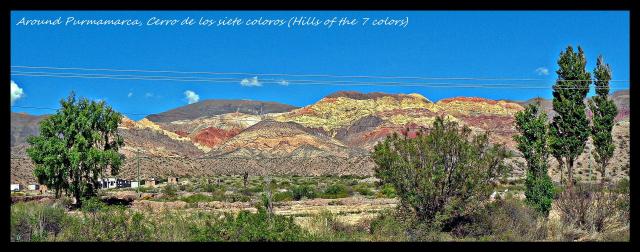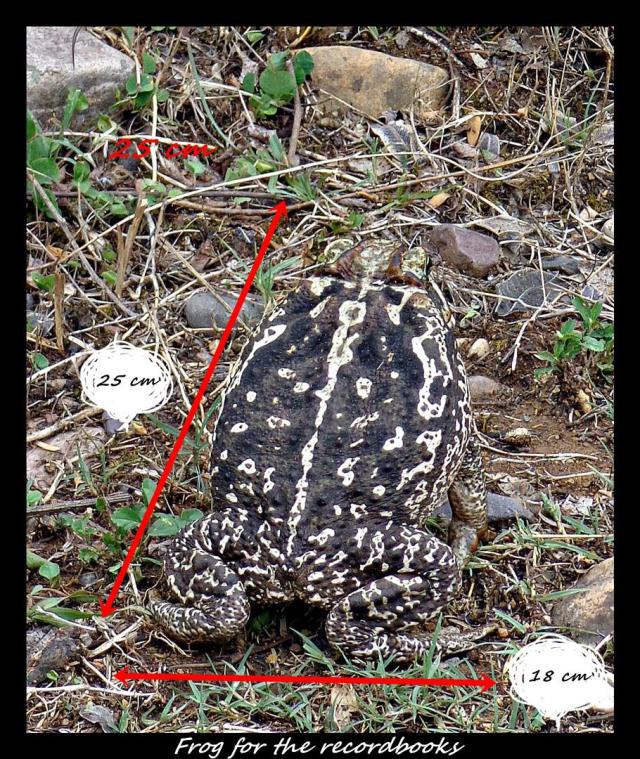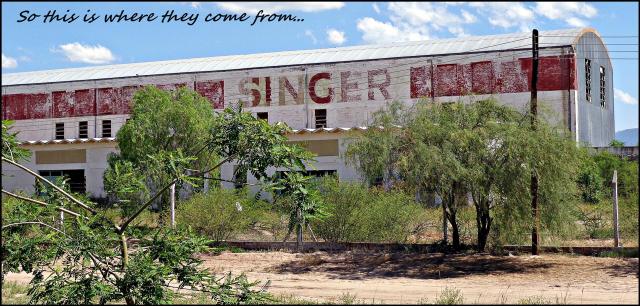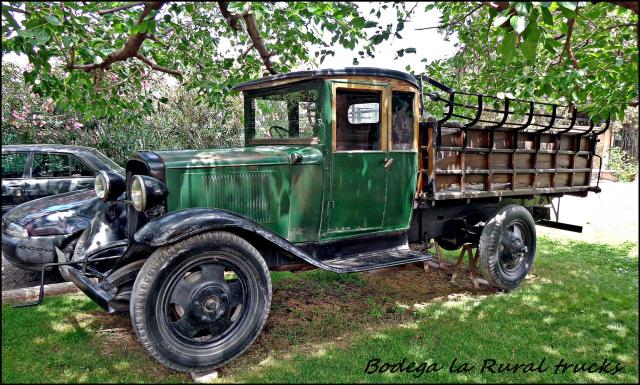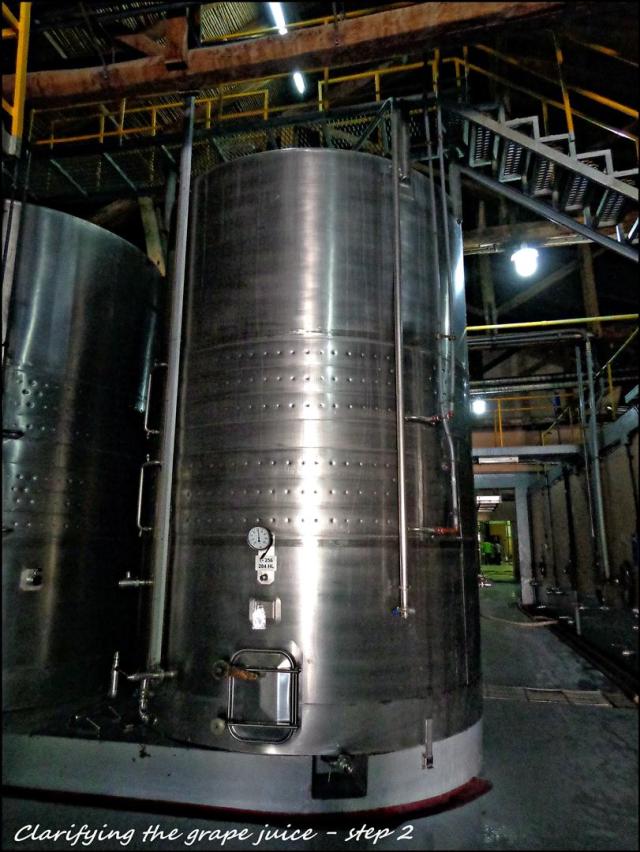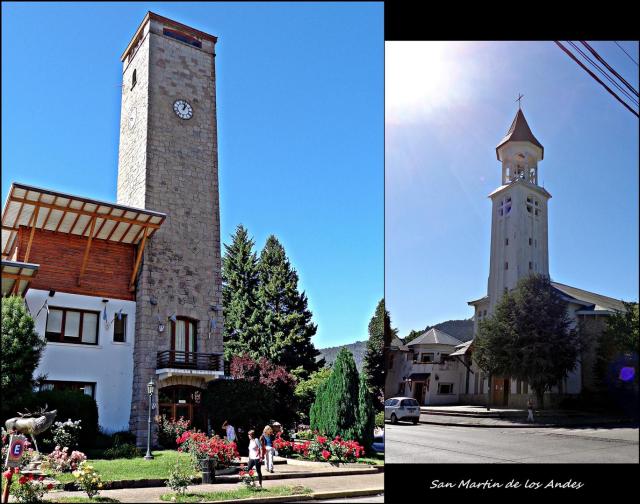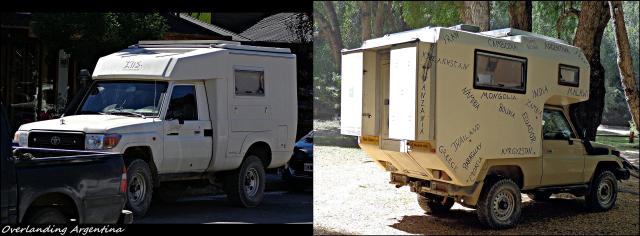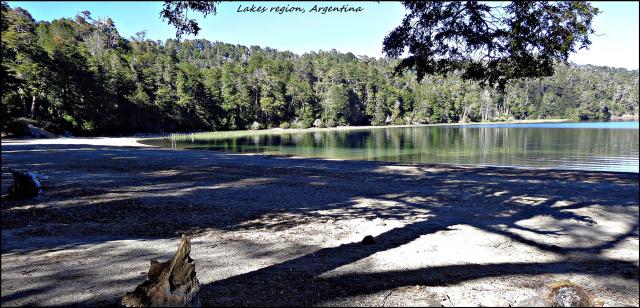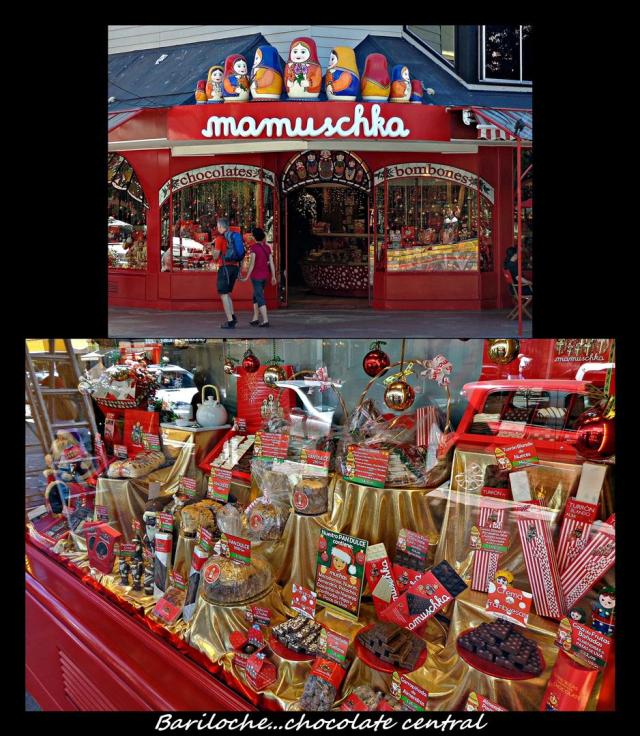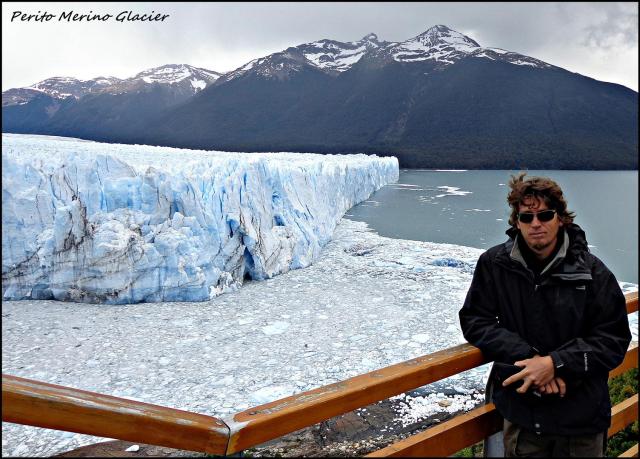24 November 2014
Two days later, we crossed into Argentina on fumes and wished the Andes a wonderful life without us in a less emotional but more permanent descent. Our first town on Argentina’s side was so far removed from the 20th century that some of the pumps still had those old manual numbers that pages like a calendar. Needles to say, the Nafta (as they call it in Argentina) price was almost as high as in Chile, and we again cursed ourselves and the damn Chilean customs.
Once you have been there you can never again escape the magic that is Argentina. As the country that reminded us most of home, it was bittersweet experiencing their similar climate, their love of red meat and the accomplishment of reaching our final country. It felt like a mini homecoming.
The northern western part of Argentina is rocky and dry but surprised us with some of the most beautiful colors imaginable. On our first night we stayed in Purmamarca, the site of Cerro de los ciete colores (mountain of the seven colors). It is a small town mostly dependent on tourism for its income which is evident when you walk through the cobbled street with its numerous souvenir stalls selling anything from socks to gorgeous handmade knives.
We stayed in a campsite where we counted more than seven ways to grill meat and with no time to waste headed straight for a grocery. The shops were small, like the kind you see in Africa where the most fancy food item you could get is dried soya. Here, however, when you ask for simple carne (meat) you don’t get a chunk of something that was once attached to an animal like in most of Central and South America, you get asked what type of cut you want. Hmmm…could we be in beef heaven? Lucky to have visited Argentina once before and to therefore know at least two types of cuts, we stumble on our (still) basic Spanish and order a Bife de lomo. And so the meat-eating in Argentina commenced and could not be halted until the very last day we were there! Soon after we downloaded the types of beef cuts you get in Argentina (all 19 of them) although I can say that it never really helped that much.
Quebrada de Humahuaca is a narrow mountain valley carved out by the Rio Grande. It was declared a UNESCO world heritage site in 2002 as it follows the cultural route, Camion Inca along the banks of the river. All along the valley, colorful mountains slopes line your route to a number of villages ending which eventually ends in the little town of Humahuaca. Not really all that wonderful and interesting, but the drive up (and back down) the valley provides for a good day outing.
We headed south toward Salta and on our way for the first time saw the exact amount of kilometers to our final destination… Buenos Aires 1560km. Although we would add another 10 000km to that by first driving down to Ushuaia, we couldn’t help but feel like we accomplished something. Salta was a beautiful colonial town that is a must visit if not just for the unbelievably cheap and delicious food. They are known for their empanadas and looking back at all the empanadas we had in Argentina, I can now say that they were by far the best! We stayed at the municipal camping site in Salta and found another resemblance to home. The campsite had everything a good campsite should: shade, reliable hot water, descent toilets, electricity, internet, a braai area and a pool. In Salta’s case, the largest pool we had ever seen! All at a staggeringly cheap price of only AR$47, roughly equal to R47/U$4.7. Unfortunately these low prices would be the benchmark to which we would compare the rest of Argentina’s prices. Sadly nothing is ever as cheap as in Salta …. go ahead, treat yourself!
From Salta we took the infamous Ruta 40 that travels from the most northern point of to the most southern mainland town of Rio Gallagos. It is something along the line of Route 64 in the US except that you’re driving next to the Andes, not to miles of cornfields. Not long on the road we encounter our first gauchos (Argentinian gauchos) and feel very lucky. We drove through the striking valle de calchaquies with its sharp rock formations and finally made our way to Cafayate, our first encounter with Argentinian wine country.
With a beautiful name like Cafayate (pronounced kafasjate), you expect the little village to be romantic. And so it was. The area is known for its white rather than its red wine like most other wine-producing areas in Argentina, and it is essential that everyone who find themselves in the area make time to taste their Torrontes variety. I have never been much of a connoisseur when it comes to white wine but it tastes similar to a light have-with-your-lunch-when –you-still-have-to-be-somewhere-afterwards- wine.
Need to know information for Argentina….they have two big Saints that you could possibly miss if you are driving with your eyes closed! You may see the first tree with a lot of red flags and little gipsum figurines reminding you of Christmas and think, someone must be commemorating the site where a loved one died….see the second and wonder if the Argentinians just mark their braai spots with red, but by the third red situation next to the road you have to stop and wonder what is happening. Well wonder no more, its El Guachito!
Story goes that a man by the name of Antonio Gill, born in 1847, joined the army at an early age…presumably escaping the wrath of a local policeman whose fiancee he had fallen in love with. After the war was over, he was recruited to join the Federal Army but instead went AWOL with some other deserters. They roamed the countryside, robbing the rich and giving to the poor…a typical Robin Hood tale. When he was finally caught he was sentenced to execution. Just before his decapitation he told his executioner that the man’s son was gravely ill but that if he were to give Gill a proper burial (uncommon for criminals) then his son would be fine. Upon returning to his house following Gill’s execution, the man did indeed find his son on death’s doorstep and promptly rushed back to give Mr. Gill a proper burial. Soon after his son got better and the story spread like a wildfire. His final resting place in Mercedes, Corrientes attracts pilgrims in their thousands particularly on 8 January which is the day he died. Here, and at most shrines dedicated to the Gill by the side of the road, devotees bring anything from wheelhubs, cigarettes, wine, wedding dresses and locks of hair as a token of their appreciation for the miracles he has performed in their lives.. If you drive by one of these shrines, it’s customary to honk, as a sign of acknowledgement or maybe in the hope that the Gill doesn’t get you.


